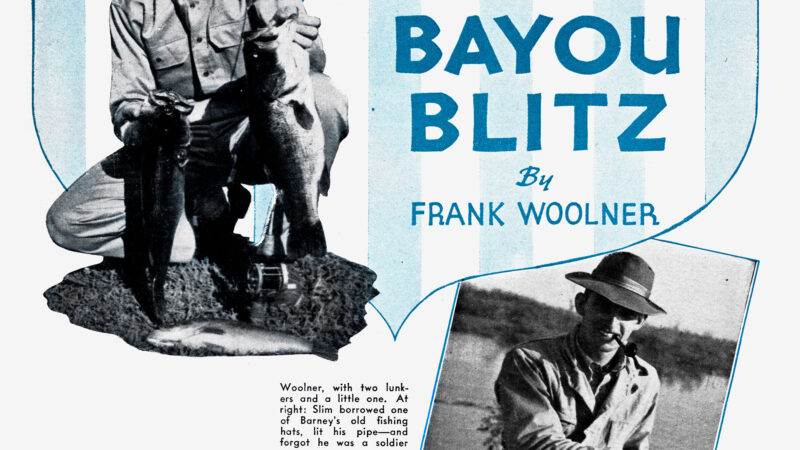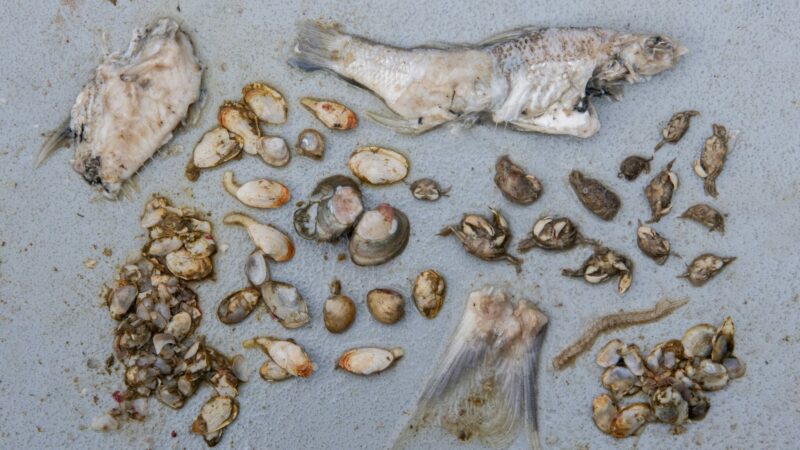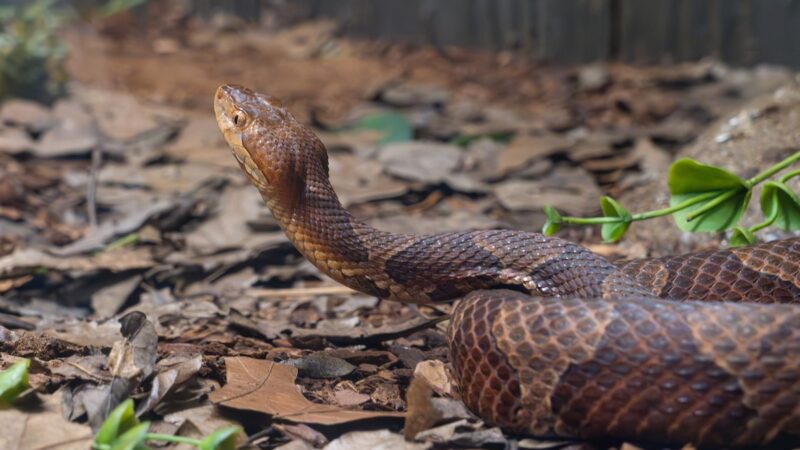How to Tie 3 Essential Braid-to-Leader Knots
I think it’s safe to say that braided line has overtaken monofilament in terms of popularity across all fishing styles. The benefits of its strength, lack of stretch, and heightened sensitivity have, in many respects, made us all better, more successful, and more confident anglers. A major downside to braid, however, is that barring a few niche applications you need to pair it with a leader.
Tying hooks and lures directly to braid can cost you fish for a variety of reasons. Fish can see braided line. It lacks the abrasion resistance of monofilament. Without a leader as a buffer, that stretch-free braid can rip hooks right out of mouths. Though you can use a barrel swivel to create an easy connection point between braid and leader, tying the two lines together is much more on trend. It doesn’t add any extra weight, it makes your presentation more streamlined, and it allows you to really tailor your leader length to the situation and presentation. While there are many knots you can use to connect braid and leader, these three are — in my opinion, at least — the only ones you really need to know. Their degrees of difficulty vary, but they’ll all get the job done.
The FG Knot
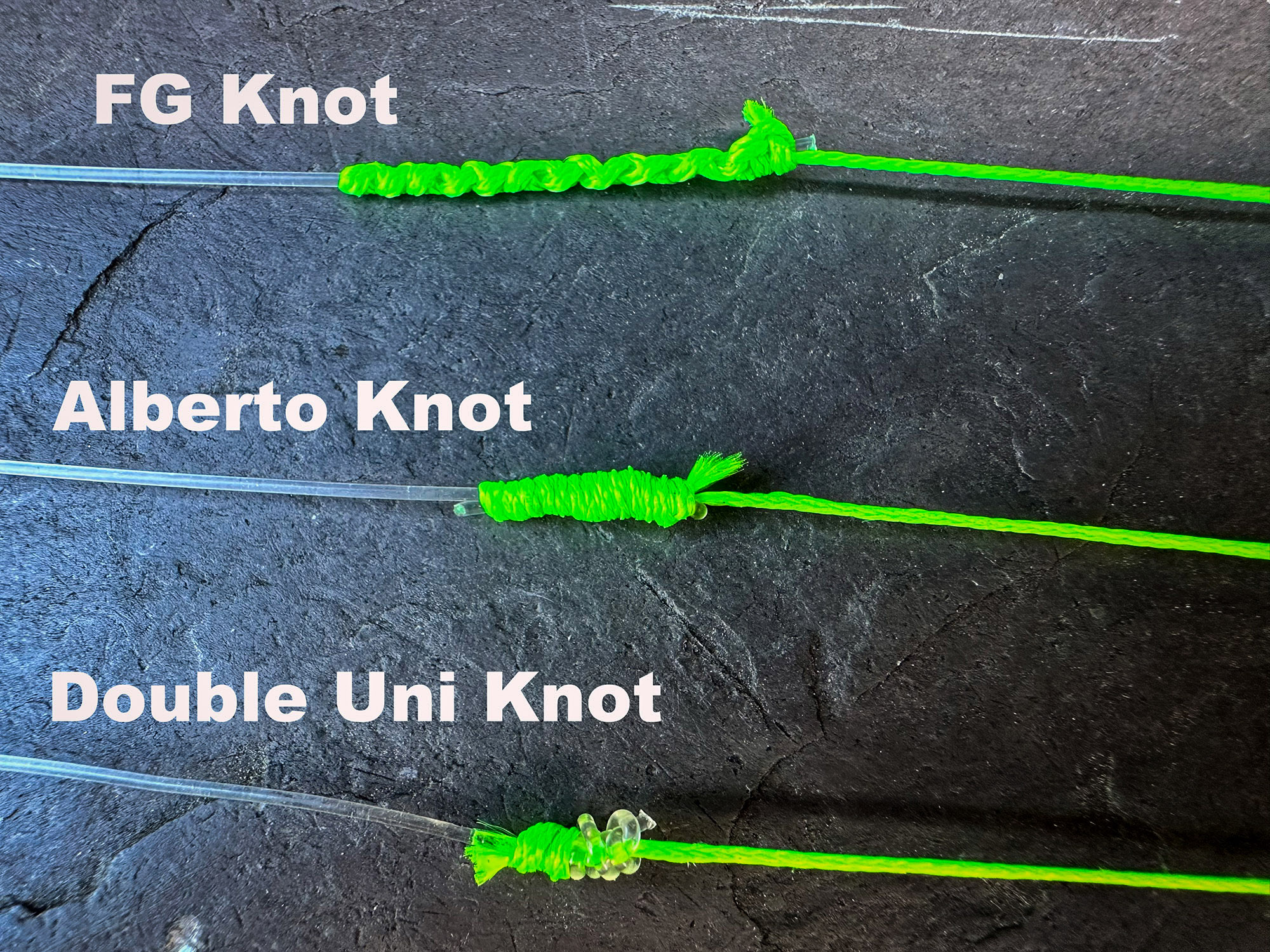
Pros
- Extremely strong when tied properly
- Slips through rod guides with ease
Cons
- Requires practice, not easy to tie fast
The FG knot — which stands for “fine grip” — has rocketed in popularity over the last 10 years or so. Its praises were first sung by Australian anglers chasing saltwater heavyweights like giant trevally and tuna with spinning gear from land and, thanks to the power of YouTube, it quickly caught on with American anglers. In the beginning, the FG was largely considered a knot for saltwater pursuits, but in short order, freshwater anglers began adopting the connection, realizing that its benefits transferred to the thinner braided lines and leaders used in lakes and rivers.
The FG gets its strength from essentially weaving the braid over the leader in a crisscrossing pattern that, when tightened, compresses and squeezes down on the leader like one of those Chinese finger traps many of us played with as kids. The beauty of the connection is that the more pressure there is on the braid from a fighting fish, the harder the FG knot bites down.
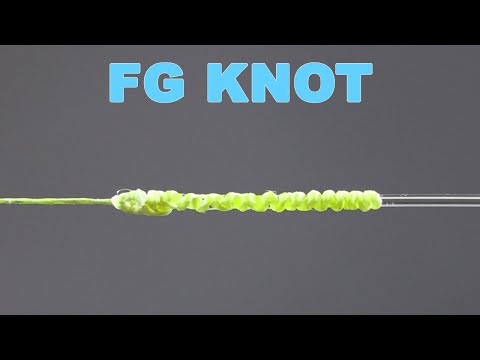
I’ve been using this knot almost exclusively in fresh- and saltwater for the last four years and I can report with full confidence and sincerity that I have never had one fail. When hung up in snags I’ve had 60-pound leader snap and 50-pound braid break, but it has always been above or below the knot. Strength, however, is only one of the FG’s perks.
The biggest turn-off for anglers is the perceived complexity of the tie. In truth, the FG isn’t very difficult at all, but it does take a bit of practice. Now that I’ve mastered it, I can tie one in about 30 seconds, even on a rocking boat. But the best part of this this knot is that it allows you to avoid frequent retying all together. It creates such a slim, compact connection that it soars through rod guides with ease. This means instead of tying on a short leader, you can connect, say, five feet of leader and easily wind the knot right onto your reel. Assuming you’ll change lures frequently throughout the day, you have plenty of leader to cut back without it getting too short and needing to be replaced entirely.
Tip for Tying the FG Knot
Always make sure the braid and leader you’re tying are relatively close in breaking strength. As an example, 15-pound braid to 12-, 15-, or 20-pound leader will hold well; 15-pound braid to 40- or 50-pound leader may not.
The Alberto Knot
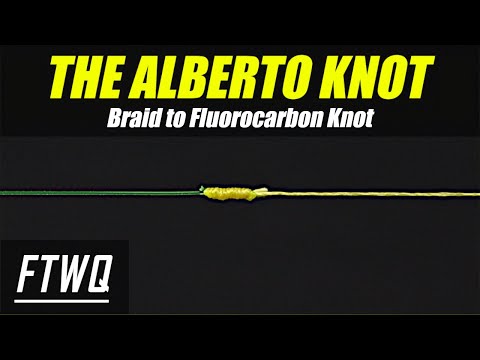
Pros
- Very strong when tied with heavier braids and leaders
Cons
- Can slip if not properly cinched down
- Not as strong when tied with light lines
Popularized by legendary surf angler “Crazy” Alberto Knie, the knot that shares his name is a smart play on the simple Albright knot. The Albright was originally developed to connect Dacron fly line backing to thick floating fly line decades before braided fishing line even hit the scene. When braid was just catching on in the 1990s, Knie was looking for a secure braid-to-leader connection that could stand up to huge striped bass. He figured out that by modifying the Albright to create a series of overlapping wraps around his doubled-over leader, the slick braid would not slip under heavy tension.
Anyone can learn the Alberto knot in a matter of minutes, but what even Knie will admit is that you can’t rely just on hand strength to cinch it tight. You need to pull hard and pulling braid hard with your bare hand will only result in bloodshed and possibly stitches. Use gloves to seat the knot in the final steps or wrap the leader and braid around the handles of two pairs of pliers.
The Alberto knot works best with heavier lines and leaders, making it most popular with saltwater anglers using braid testing 20 pounds or higher and leaders in the 20- to 50-pound range. You can use it with lighter lines, though once you dip below 15-pound braid, the thin diameter and slickness make it difficult for the knot to bite down on equally thin leaders.
Though the Alberto knot will slide through larger spinning rod guides, I’ve never found it to do so as cleanly as the FG knot. Seeing that it’s cinching down over a doubled end of your leader, it’s thicker by nature, so use caution when casting or reeling it into your guide during a fight.
Tip for Tying the Alberto Knot
Don’t ever assume simple hand tightening is enough to properly seat this knot. It’s worth the extra bit of effort to don gloves or wrap the braid and leader around a hard object (i.e., the handle of your pliers or a boat cleat) and pull it as tight as possible.
The Double Uni Knot
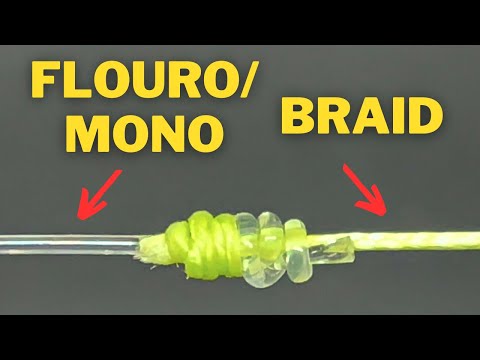
Pros
- Very easy to tie
- Works with a wide range of line diameters
Cons
- Not as strong as other knots, doesn’t pass through rod guides as cleanly
If you’re looking for a fast, easy way to connect braid and leader for freshwater applications, look no further than the double uni. I use this knot most often for light tackle pursuits when targeting species like panfish, trout, and smaller bass. Though there are plenty of saltwater anglers chasing heavy fish that swear this knot is sufficient, I simply don’t trust its structure as much as the FG and Alberto when pitted against brutes.
That’s because this knot draws its strength from the pressure of two uni knots butting up or “jamming” against each other. In other words, nothing is actually tied together, you’re just relying on opposing pressure on two cinched knots to hold the two lines. With this is mind, it’s critical that you never try to connect thin, light braid to leader with a significantly heavier diameter. The uni knot tied in the braid simply will not have enough mass and surface area to effectively jam against the uni knot in the leader — as a result, the braid will slip right through the leader’s knot under pressure.
Read Next: How to Pick the Right Kind of Fishing Line
Unlike the FG and Alberto knot, wetting your uni knots with saliva is essential before pulling them together to finish the splice, as there’s a lot more friction that can potentially cause abrasion during the final step.
Tip for Tying the Double Uni Knot
When connecting braid and leader with a double uni knot, keep in mind that ultra-thin, slick braid often used in freshwater will likely fail if connected to leader that’s significantly thicker in diameter despite the connection feeling secure when first tied.
The post How to Tie 3 Essential Braid-to-Leader Knots appeared first on Outdoor Life.
Source: https://www.outdoorlife.com/fishing/braid-to-leader-knots/



